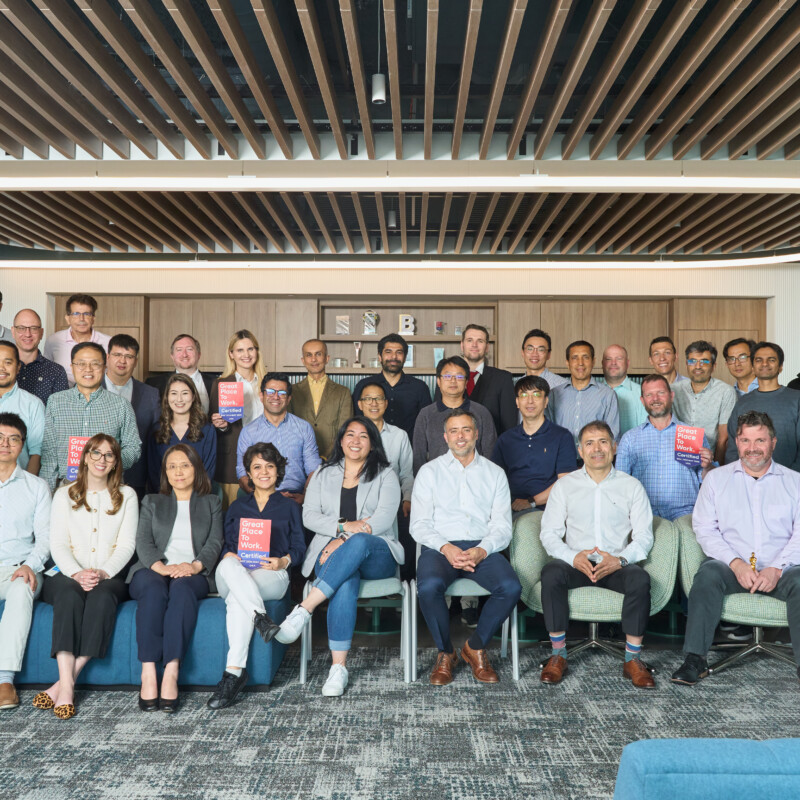While 5G continues its evolution toward becoming fully mainstream, our 6G Innovation Lab is already underway improving the quality of everyday living. Our unparalleled expertise has led to over a decade of technological advances and placed Ofinno at the forefront of the next generation of cellular.
Ofinno’s Mobile Communications Research is Leading Technological Breakthroughs in 5G and 6G
As we take the lead on developing advances on 5G, Ofinno is working with other innovators at the Next G Alliance, the North-America-focused 6G Consortium developing the foundations of 6G. The 6G roadmap is ambitious and includes many untested technologies, like AI and advanced sensing. However, our team prides itself at identifying—and solving—the problems in these emerging technologies. Ofinno’s team of researchers is ready to bring 6G to reality.
“Providing universal coverage, particularly for unserved and underserved areas, requires disruptive shifts in the way the cellular systems are designed and operated. Integrated spaceborne networks and terrestrial wireless infrastructure is expected to be a native part of the next generation of cellular systems (6G). With 6G satellites, we hope true broadband access for everyone and everything everywhere will finally become a reality.”
Mohammad G. Khoshkholgh D., PhD
Senior Technical Staff – 5G NR
Shaping the Future of Next-Gen Cellular 3GPP Standards
The 3rd generation partnership project (3GPP) has established itself as the premier global standard for telecommunication, from WCDMA (3G), LTE (4G) to NR (5G). Ofinno’s team of globally-recognized experts are focused on researching and developing technologies around the latest 3GPP release and the future 6G standard.
The 5G system has dramatically increased the capability of cellular communication systems, and there are currently many ongoing activities to define requirements of the 6G system. Each “G” of telecommunications requires a runway of at least 10 years of global negotiations and standardization surrounding what exactly the newest rollout will entail.
Connecting the Unconnected with 6G
Along with increased speeds—which every generation of telecom networks brings—a crucial goal of 6G networks is to connect the unconnected. 6G networks are anticipated to provide coverage to all regions of the world, particularly those currently underserved or unserved, and can play a pivotal role in realizing significant societal objectives, such as achieving digital equity. 6G technology advances will enable applications to deliver improvements across a broad spectrum of industries such as healthcare, manufacturing, agriculture, transportation, and public safety.

















